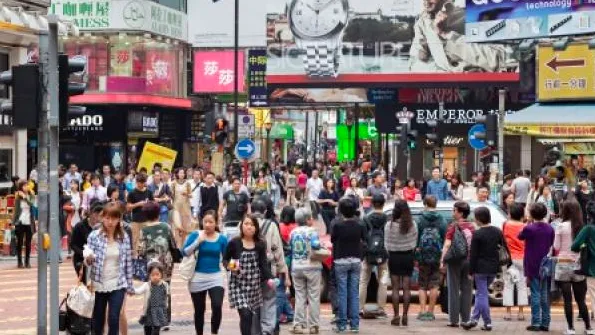
F&B groups in Hong Kong lease record levels of retail space since 2009
The total lease reached 134,000sq ft in Q2.
According to a CBRE report, Hong Kong retail leasing momentum was slower in Q2 2025, compared with H2 2024. While retailers remained largely cautious through the period, total retail sales declined at a slower pace and reversed the downward trend in May 2025.
"F&B groups leased a total of 134,000 sq. ft., the highest since 2009, a few gold stores and jewellery dealers exhibited mild expansionary demand. Requirements from pharmacies picked up over the quarter, partly fuelled by double-digit growth in visitor arrivals."
Here's more from CBRE:
Vacancy across core districts declined by 0.7 percentage point to 7.1%. The vacancy rate in Central remained stable at 6.6%, while vacancy in Causeway Bay increased by 1.3 percentage points to 6.6%. Vacancy rates in Tsim Sha Tsui and Mong Kok fell by 1.4 percentage points to 12.9% and 1.8 percentage points to 5.1% respectively.
Lower vacancy rates contributed to 0.9% quarter-on-quarter increase in rents, matching the pace observed in Q1 2025. This brought the half-yearly growth to 1.9%.
Lawrence Wan, Senior Director, Head of Advisory & Transaction Services – Retail, CBRE Hong Kong: “The retail market remained stable in the first half of 2025, despite mixed signals from both store closures and new openings. With tourist arrivals and footfalls displaying sustained recovery and overall retail sales gradually stablising after over a year of declines, some retailers are approaching the market with cautious optimism. Leasing demand in the core districts was largely healthy and occupancy is gradually improving. This tightening in availability continued to support mild rental growth in the tier-1 high streets."
Wan added: "Looking ahead into H2 2025, retail leasing is expected to remain stable as domestic consumption and tourist foot traffic improve. Demand will primarily be driven by F&B operators catering to the mass- and mid-market segments. Retailers offering affordable goods and services aimed at the local community will comprise a sizable portion of demand for retail space.”


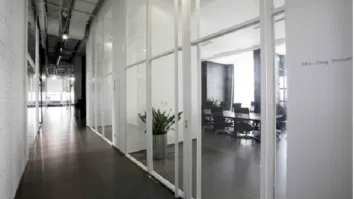
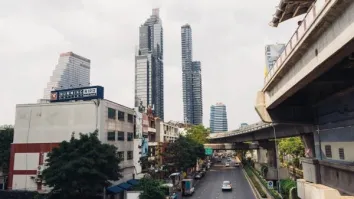









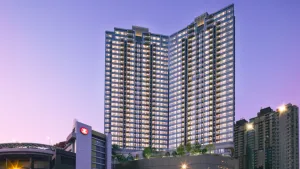


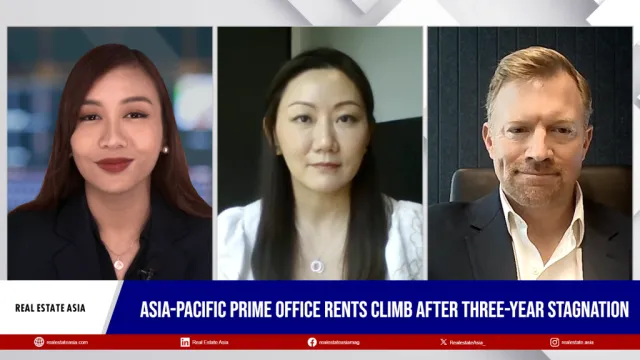

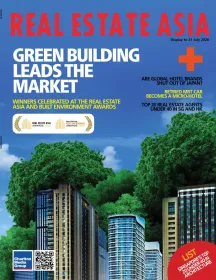
 Advertise
Advertise





